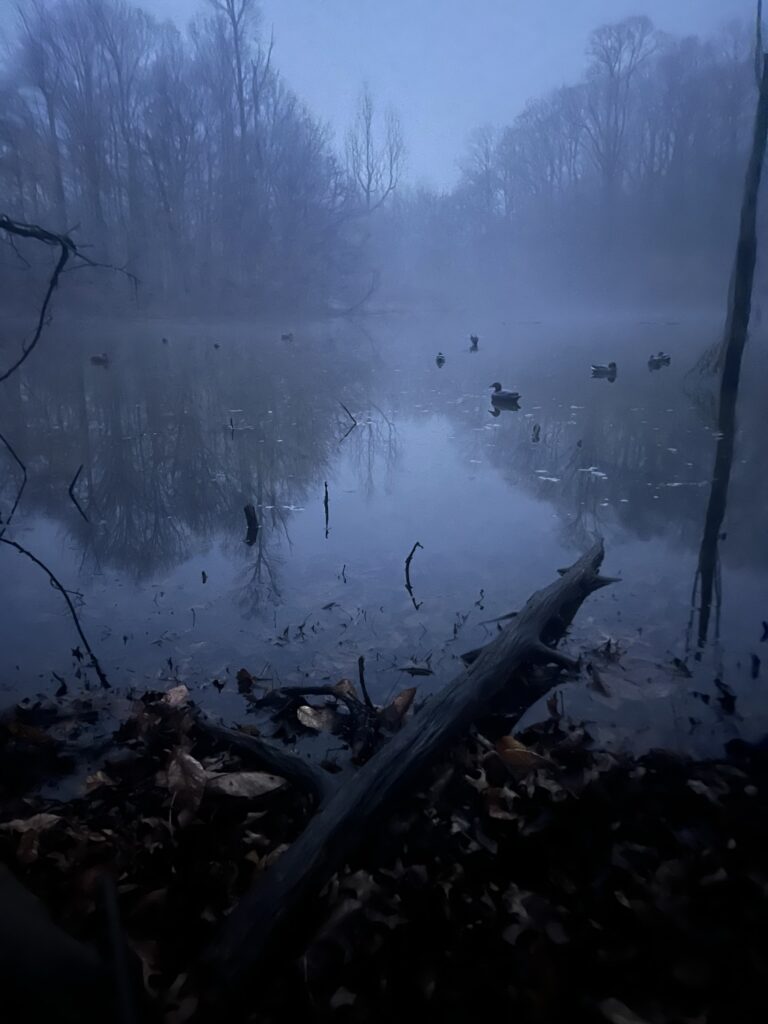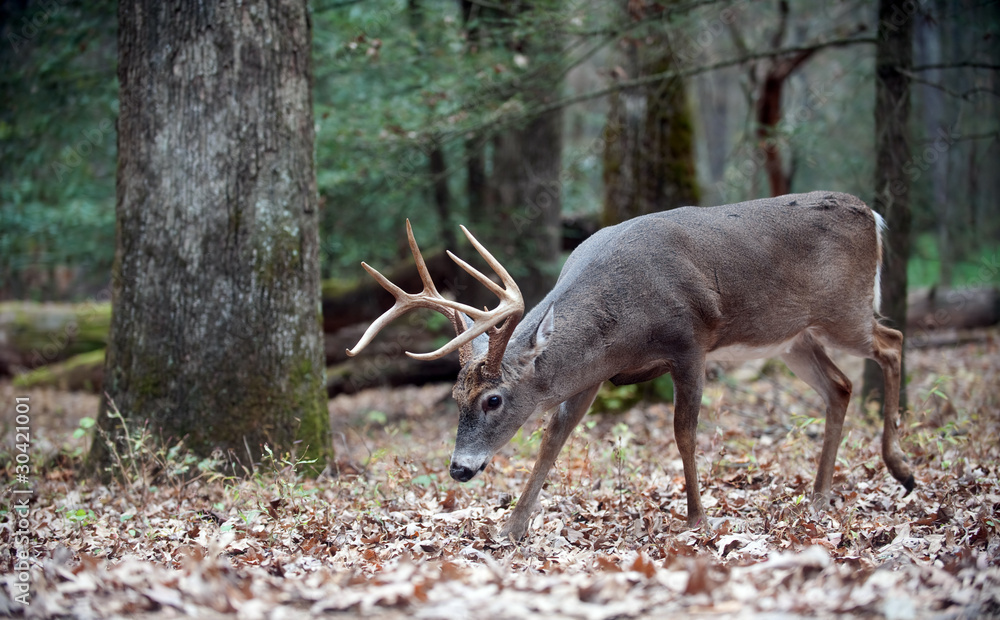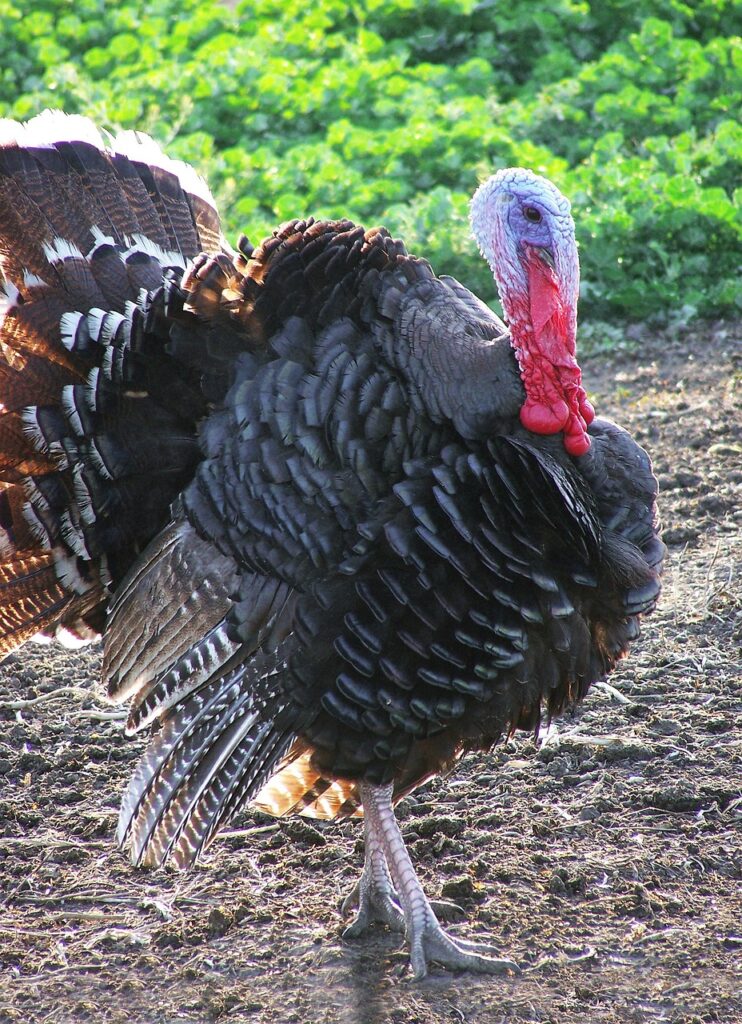Waterfowl hunting has been one of the most challenging hobbies I’ve ever partaken in. The season happens during subzero weather. The birds are grouchy and hesitant to land in shotgun range. And to top it all off, if the weather doesn’t cooperate, they won’t even show up!
Sometimes I ask myself why I continue to put myself through the suffering of waterfowl hunting. We wake up at 3:45am to get into position before the sun comes up. Sometimes there’s a mile long hike through forests or muddy fields. Many times, I have done all of this work just to sit and watch songbirds and throw a stick for the dog. But I have to say, the times I have had success made it all worth it.
Another frustrating part of waterfowl hunting is when you do have birds in the area that may circle you a few times just to end up flying away and never come back. You will sit there and ask yourself a million questions. Why didn’t they land? Was it my calling? Did I move around too much? Maybe they saw my dog!
If this happens to you, it may very well have been your awful hail calling, or your unruly and untrained dog acting silly that caused the ducks to speed out of sight. But there are times when it wasn’t your calling, or your dog, or the way you’re hiding. It is these situations that caused me to write this article and give you a tip that will change everything. Your spread is dead, and you need to add some motion!
Your decoy spread is dead. It needs motion
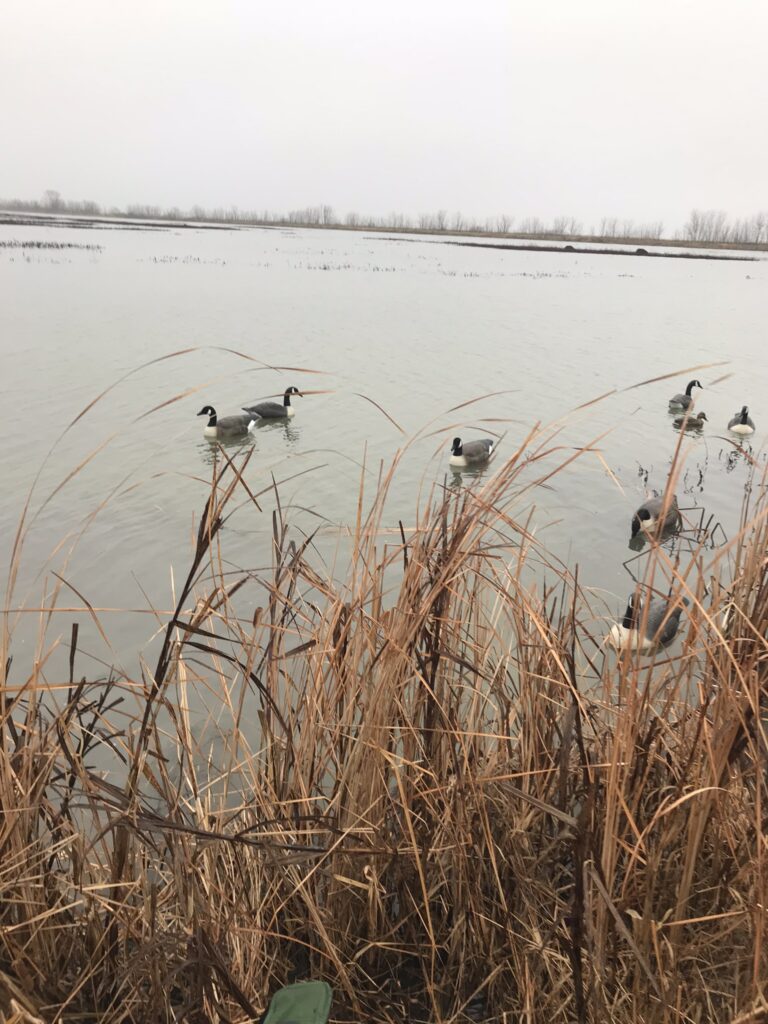
When ducks come in to check out your spread and circle several times but leave, they have probably been looking at your decoys wondering why on earth they are so still. I have seen ducks circle 15 to 20 times! They gave me every opportunity to show them something convincing, but I didn’t. I was too focused on making the call sound perfect. If I would have quickly found a way to make my decoys move, I probably would have killed them.
Have you ever seen a group of ducks on water? If not, you need to make this happen. Find a park, or a retention pond, or some place to sit and watch ducks. And while you’re at it, take note of what you hear as well. We will talk about sounds in another article.
When ducks are on water, or in a field feeding, there is constant motion! There is always one dunking his head underwater with his butt in the air. There will always be some swimming. Some will be cleaning their feathers with their bills, and others will be chomping at the water. They are very busy creatures. Ducks are used to seeing this movement. So, when they fly over to see your 12 lifeless floating decoys, they will be completely disturbed and move on to the next group.
The big picture of motion
When ducks are flying and looking for a group of birds to jump in with, they aren’t looking for details. They are looking at the big picture. Ducks are looking for a body of water with live birds on it. If they see that, they will fly straight in and not think twice about it. When this happens, they will be in the water before you know they’re there. This is fun.
What ducks really see with a group of live birds, or a spread of decoys placed by a skilled hunter, is a pond or marsh that has life in it. If the ducks are moving, the water is moving! With all the motion, there are waves and ripples. When looking down on a body of water, there is a huge difference between still glassy water, and rippled or wavy water, especially on sunny days. With that being said, we want decoy movement, and water movement.
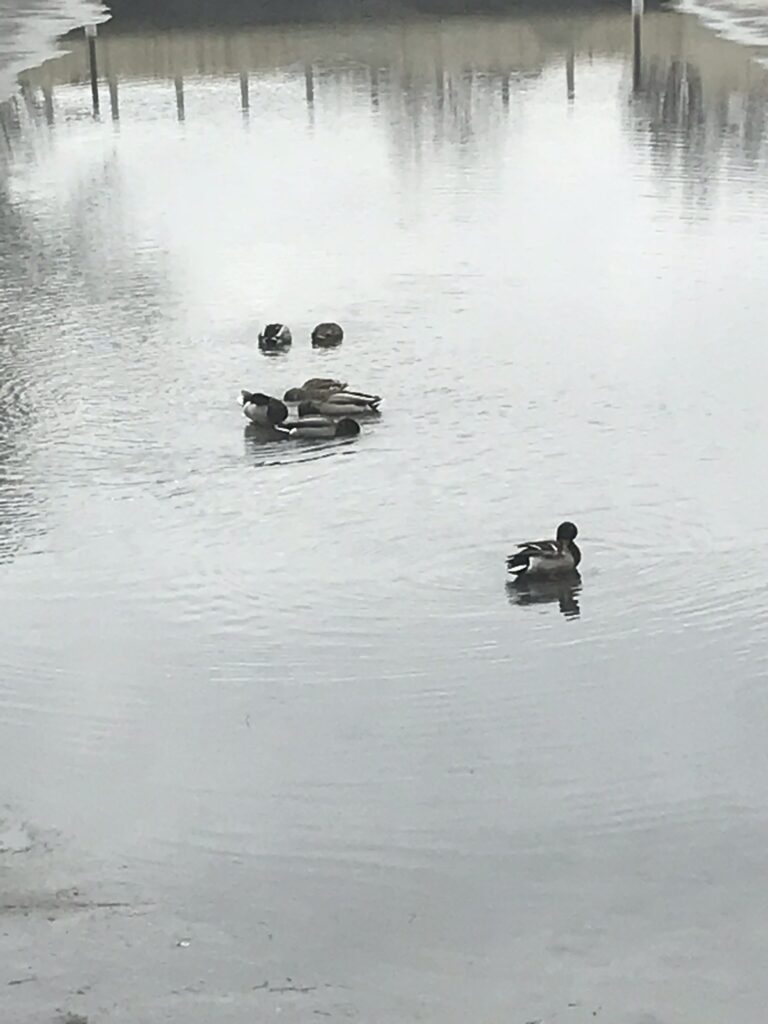
How to add motion to your decoys
There are many ways to add motion to your spread, and it doesn’t have to be expensive. Let’s look at a few ways to make this happen.
Spinning Wing Decoys
Notice how the wind is adding ripples and the spinner adds an additional touch.
These guys are an excellent way to easily add motion. These can be wind operated, or battery operated. As you would guess, the motorized spinners are more expensive, but they will work even on calm days. These can be turned on and left alone or operated with a remote control.
Another trick with these motorized spinners is to place them close to the surface of the water and lean them one direction so the wing slightly touches the water. This will likely add just enough water motion to make the spread come alive. Buy one here.
Spinning wing decoys can also be used in fields to make a feeding spread come to life.
Specialty Motion devices
There are all kinds of fancy gadgets on the market for adding motion. Therefore, I thought I would make one category here to mention a few of them.
- Water squirters: These sometimes look like a duck’s butt, or head, squirting water into the air and causing splashing and ripples. Some of them will squirt in pulses so they decoy rocks back and forth making even more motion. I have never used these, but hey, give them a try. Buy one here.
- Swimmers: You can find decoys that literally swim around. They remind me of remote-control boats. These will operate themselves and are usually anchored to the bottom with a line, so they end up swimming in a circle. Again, a little expensive. Buy one here.
- Splashers: Some decoys are like a cross between a floater and a spinner. They float on the water and their wings, or feet will spin causing a splashing action. Buy one here.
- Pucks or Pulsators: These are cool, and cheap! They literally just pulse and create rippled water. I love them. Buy them here.
The King of Waterfowl Motion
I saved the best for last. In my opinion, the “Jerk Rig” is the easiest, quickest, and cheapest way to add motion to any water spread. Jerk rigs consist of a large weight, a bungee cord, and a long string or rope. You will also need clips to attach as many floating decoys as you like.
Jerk rigs work by attaching several floating decoys to the line that leads back to your blind. You can pull the decoys towards you and the bungee cord draws them back to their original position. This creates all kinds of decoy and water motion all at the same time. When you see ducks in the air, start pulling the rig……… and the trigger.
Jerk rigs can be purchased for a reasonable price. However, it’s not too difficult to make them. You need a weight such as a dumbbell or whatever else you have laying around, a 3-foot bungee cord, some paracord, and carabiners. Use your own creative abilities to make different variations of your own jerk rig.
If you don’t feel like being all DIY get one here.
A couple tricks for Field Motion

Much of our discussion so far has been about water. It’s likely more important to have motion in the water than a field, but don’t get me wrong. Motion is always important. Just like I said earlier with the water, it would behoove you to spend some time watching ducks or geese in a field. Grab some binoculars and your favorite snack and watch a field for an evening.
When watching birds feed in a field you will see constant motion like you did in the water. You will see some chasing each other and “fighting”. Heads will be going up and down. Many will be walking quickly as they feed through the field. There is ALWAYS one adjust feathers or flapping wings. You will be amazed at how much motion is occurring. This causes a big problem when we set out six dozen full-body, plastic decoys. Lifeless.
There are a few tricks we can use in the field.
- Duck spinners can be used in marshes or fields. Throw them in the spread to bring some life.
- Goose flappers can be very nice. These are full body decoys with flapping wings that attach separately. They look very lifelike and imitate a goose re-adjusting his wing feathers, which is very common to see. The downside to these is the price first. Not Cheap. These are also pretty fragile and can be broken easily. Take very special care of these and invest in some good storage containers. And keep the dogs away from them! Buy one here.
- Flags! If you’re a goose hunter, you absolutely need to have these. They are very simple. They are a goose shaped flag on a stick that can be used to catch the attention of high-flying geese. Many times, this flagging motion is enough movement to get the birds to commit. These are very cheap and should be lying beside every layout blind. Buy one here.
- Socks. These are also a great addition to a spread. They have a flocked, and lifelike head with a soft sock like body. If this wind is right, they will sway and move enough to make your spread come to life. These are light weight and easy to pack in and out. They aren’t very cheap, but boy are they effective! Buy them here.
I could write about this for days. This may be the biggest tip that I could share for waterfowl hunting that will bring lasting success. Think big picture. Use logic. Use motion.
For more waterfowl tips, check out my one of my other articles here.
Good Luck

